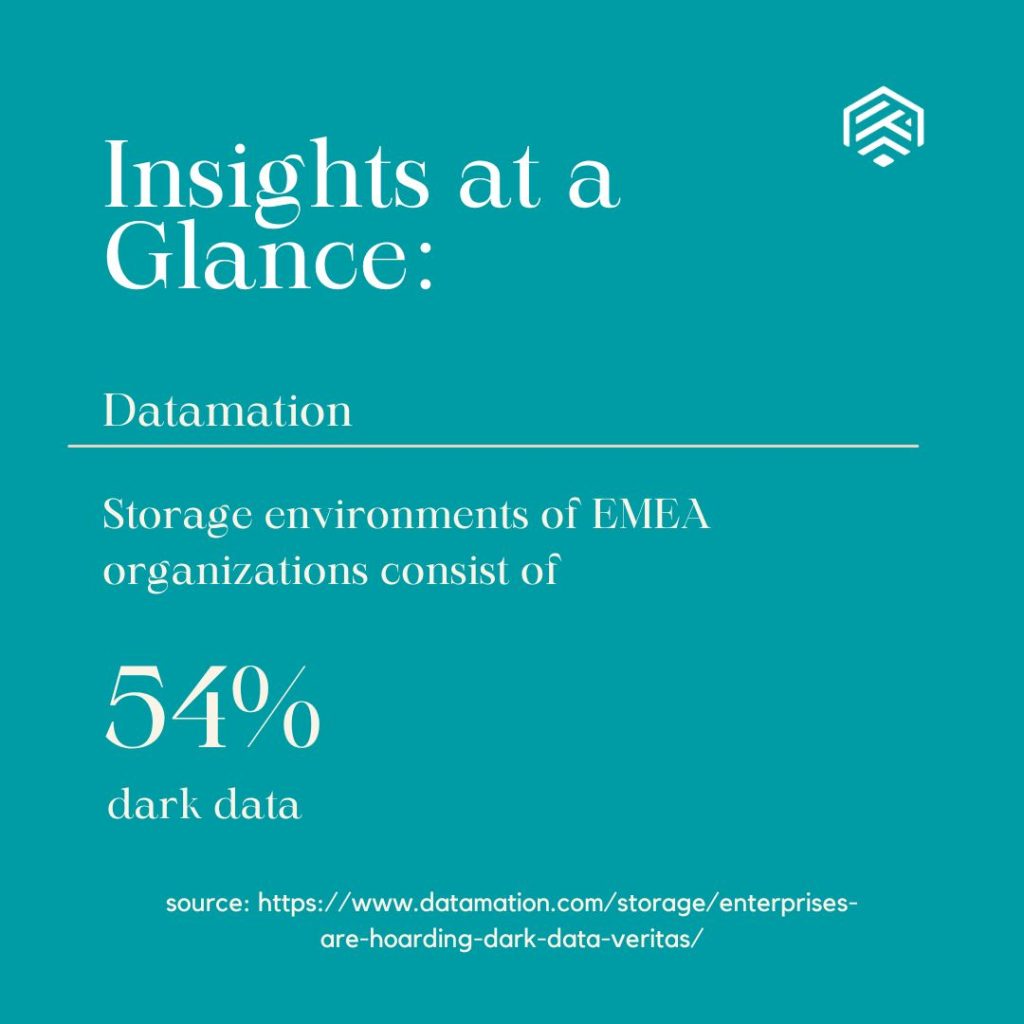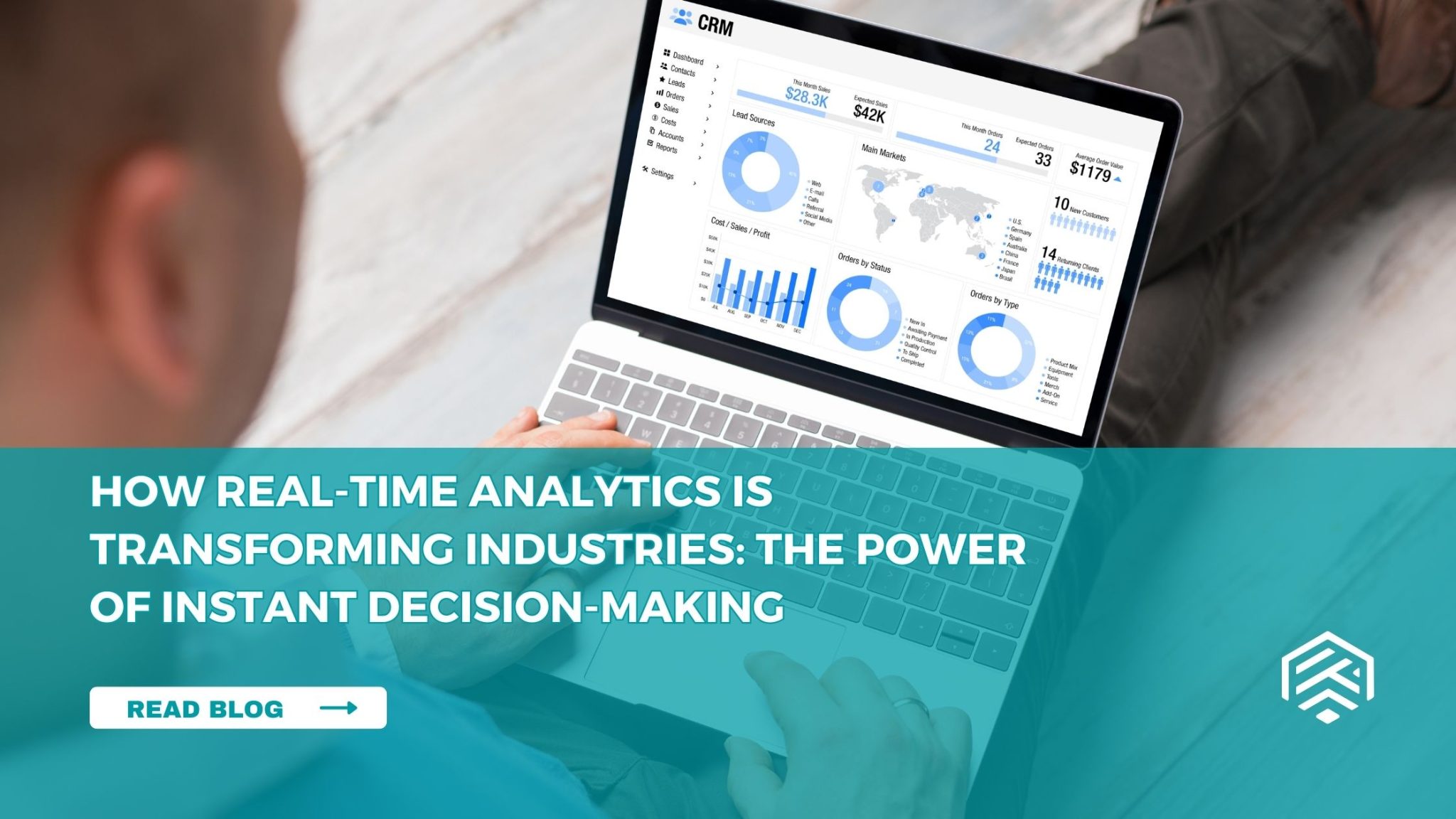Dark Data: The Hidden Goldmine Every Business is Ignoring

In today’s data-driven business environment, organizations accumulate vast amounts of information daily. However, a significant portion of this data remains unused, lurking in the shadows as “dark data.” Gartner defines dark data as the information assets organizations collect, process, and store during regular business activities but generally fail to use for other purposes. This oversight represents a missed opportunity, as dark data can be a hidden goldmine capable of driving strategic decisions and innovation.
The Scope of Dark Data
A study by Splunk revealed that, on average, 55% of an organization’s data is dark, meaning they either don’t know it exists or don’t know how to find, prepare, analyze, or use it. Source: splunk.com
This substantial percentage indicates that more than half of potentially valuable information is untapped, leading to missed opportunities and inefficiencies.

The Hidden Costs of Ignoring Dark Data
Beyond the lost opportunities, storing and managing dark data incurs significant costs. According to Datamation, the storage environments of EMEA organizations consist of 54% dark data, 32% redundant, obsolete, and trivial data, and only 14% business-critical data. By 2020, this imbalance could add up to $891 billion in storage and management costs that could otherwise be avoided.
Moreover, the continuous storage of dark data can put an organization at risk, especially if this data is sensitive. In the case of a breach, this can result in serious repercussions, including financial losses, legal issues, and damage to an organization’s reputation.
Turning Dark Data into a Strategic Asset
To harness the potential of dark data, businesses must adopt a proactive approach:
-
Data Discovery and Classification: Implement robust data discovery tools to identify and categorize all data assets. Understanding what data exists and its relevance is the first step toward utilization.
-
Invest in Analytics Training: Equip your team with the necessary skills to analyze and interpret complex datasets. In Singapore, enrolling in a data analytics course can empower professionals to uncover insights from dark data, transforming it into actionable intelligence.
-
Leverage Advanced Technologies: Utilize artificial intelligence and machine learning to process and analyze large volumes of unstructured data, revealing patterns and trends previously hidden.
-
Establish Data Governance Policies: Develop clear guidelines for data management, ensuring data quality, security, and compliance. Effective governance minimizes risks associated with dark data.
Real-Time Data Sources Enhancing Decision-Making
Access to authentic real-time data sources is crucial for effective analytics. Here are two notable examples:
The Benefits of Data Analytics Courses in Singapore
For professionals aiming to tackle the challenges of dark data, pursuing a data analytics course in Singapore offers valuable opportunities. These courses, eligible for SkillsFuture credits, provide comprehensive training in data analysis, equipping individuals with the skills to transform dark data into strategic assets. By enrolling in a course for data analysts, professionals can enhance their ability to derive meaningful insights from previously overlooked data, thereby contributing to informed decision-making and innovation within their organizations.
Dark data represents both a challenge and an opportunity for businesses. By acknowledging its existence and implementing strategies to harness its potential, organizations can unlock valuable insights, reduce operational costs, and gain a competitive edge. Investing in data analytics education, such as SkillsFuture data analytics courses in Singapore, is a pivotal step toward transforming this hidden goldmine into a cornerstone of business success.





